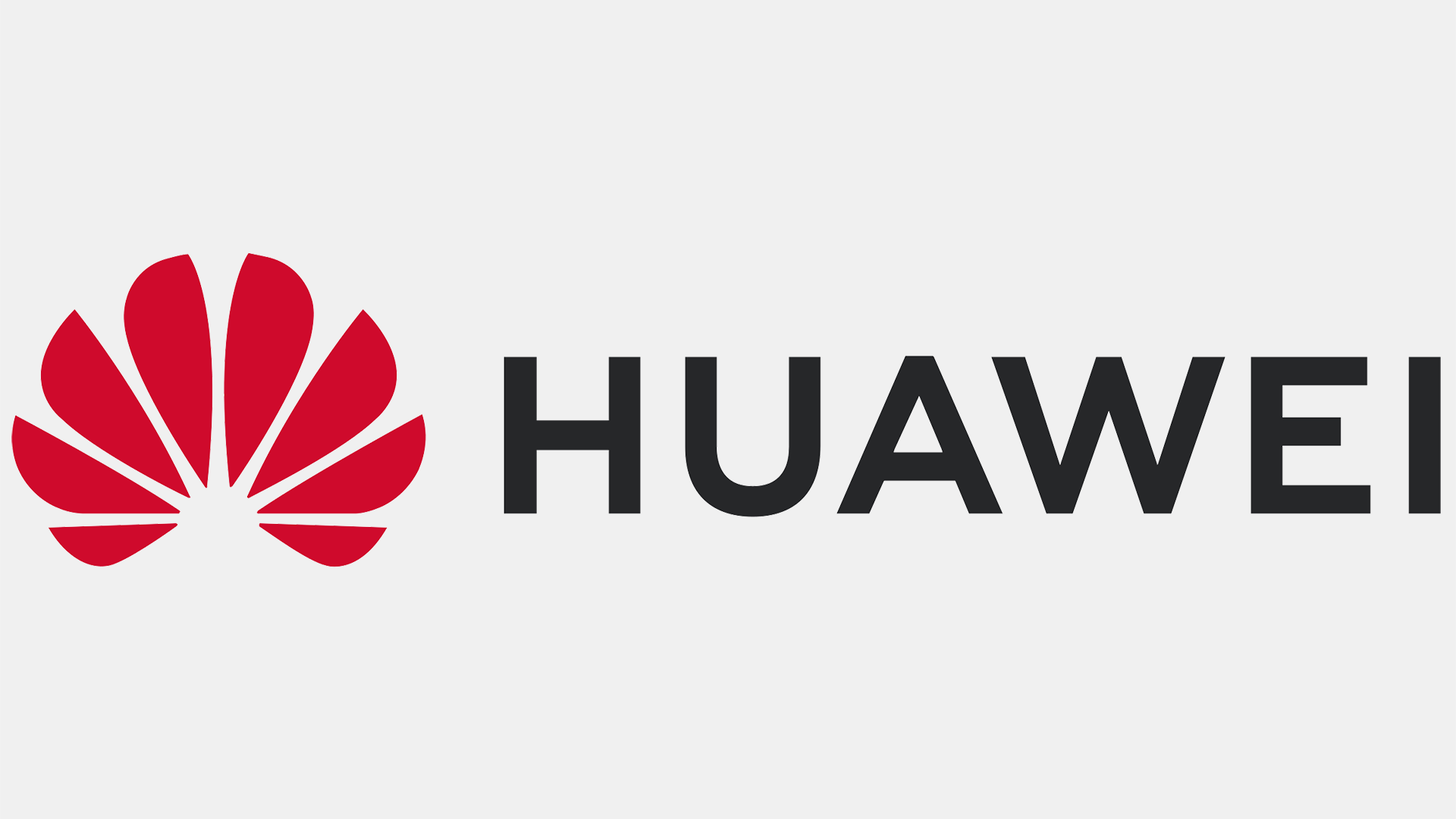Huawei to Use China Fab's 7nm Node to Overcome U.S. Sanctions: Report
Huawei expected to return to high-end smartphones business.

Huawei Technologies, which is banned from using U.S.-originated technologies, is planning its return to flagship smartphone market by the end of the year, reports Reuters citing three research firms. The company will reportedly use Chinese fabs and technologies to produce advanced chips required for 5G handsets, although the details remain vague.
Reports from several research companies covering the Chinese smartphone market indicate that Huawei will likely be able to secure domestic 5G chips, thanks to its own developments in semiconductor design tools and chip manufacturing by the Semiconductor Manufacturing International Co. In particular, Huawei is rumored to make use of SMIC's N+1 manufacturing process, which belongs to 7nm-class production nodes, though it is likely that the high-tech giant will use a refined version of N+1.
Huawei's current flagship P60 Pro smartphone relies on Qualcomm's platform as well as the company's own Harmony OS operating system. Using SMIC's production node, the company could probably produce a cheaper handset for the mass market, increase sales of its smartphones, and gain experience with domestic technologies for 5G smartphones. The company has reportedly upped its smartphones sales projections for 2023 from 30 million to 40 million.
What remains to be seen is whether Huawei can produce a rival for the Qualcomm SM8475 Snapdragon 8+ Gen 1 platform using one of SMIC's nodes.
Earlier this year Huawei announced that it had developed electronic design automation (EDA) software to design chips based on 14nm-class and thinner process technologies, which represented a significant advancement for the Chinese EDA industry. Huawei expected to complete testing on this software in 2023 and indicated plans to use its EDA software to design its proprietary HiSilicon chips.
While Huawei does not have its own fabs and cannot access leading-edge process technologies at TSMC, IFS, and Samsung Foundry, it has been collaborating with SMIC, Chinese foundry champion, over building a fab and developing fabs tools for a while. The two companies could refine SMIC's N+1 and other advanced nodes to make them suitable for Huawei's HiSilicon SoCs, but this is our speculation at this point.
Get Tom's Hardware's best news and in-depth reviews, straight to your inbox.

Anton Shilov is a contributing writer at Tom’s Hardware. Over the past couple of decades, he has covered everything from CPUs and GPUs to supercomputers and from modern process technologies and latest fab tools to high-tech industry trends.
-
The Historical Fidelity We will definitely need to see scanning electron microscope proof that SMIC’s N+1 is a 7nm class node. And if it is really 7nm class then I wonder how many pattern passes they needed to acquire the resolution needed using DUV lithography. Also is this the same SMIC 7nm process that TSMC claims SMIC illegally copied?Reply -
bit_user My main question is what kind of cores they'll use. Will they get cores from ARM China (which I assume is still operating as an independent entity?)? Or, will they make the jump to RISC-V? And, if so, whose?Reply
My guess is ARM, just because using a 7 nm-class node will already put them at enough disadvantage. I think there aren't yet RISC-V cores on the market that can compete with the best ARM cores available at 7 nm. Plus, switching to RISC-V would just compound the amount of software work they'd have to do. -
hotaru251 Reply
softbank got it back a while ago.bit_user said:ARM China (which I assume is still operating as an independent entity?)
(still got other legal issues but thats political)
will be curious for 3rd parties to test & take deep look into them. -
gg83 Like I've said in other posts, with enough AI/ machine-assisted chip and process node design horsepower China will definitely be able to circumvent trade/patent restrictions.Reply